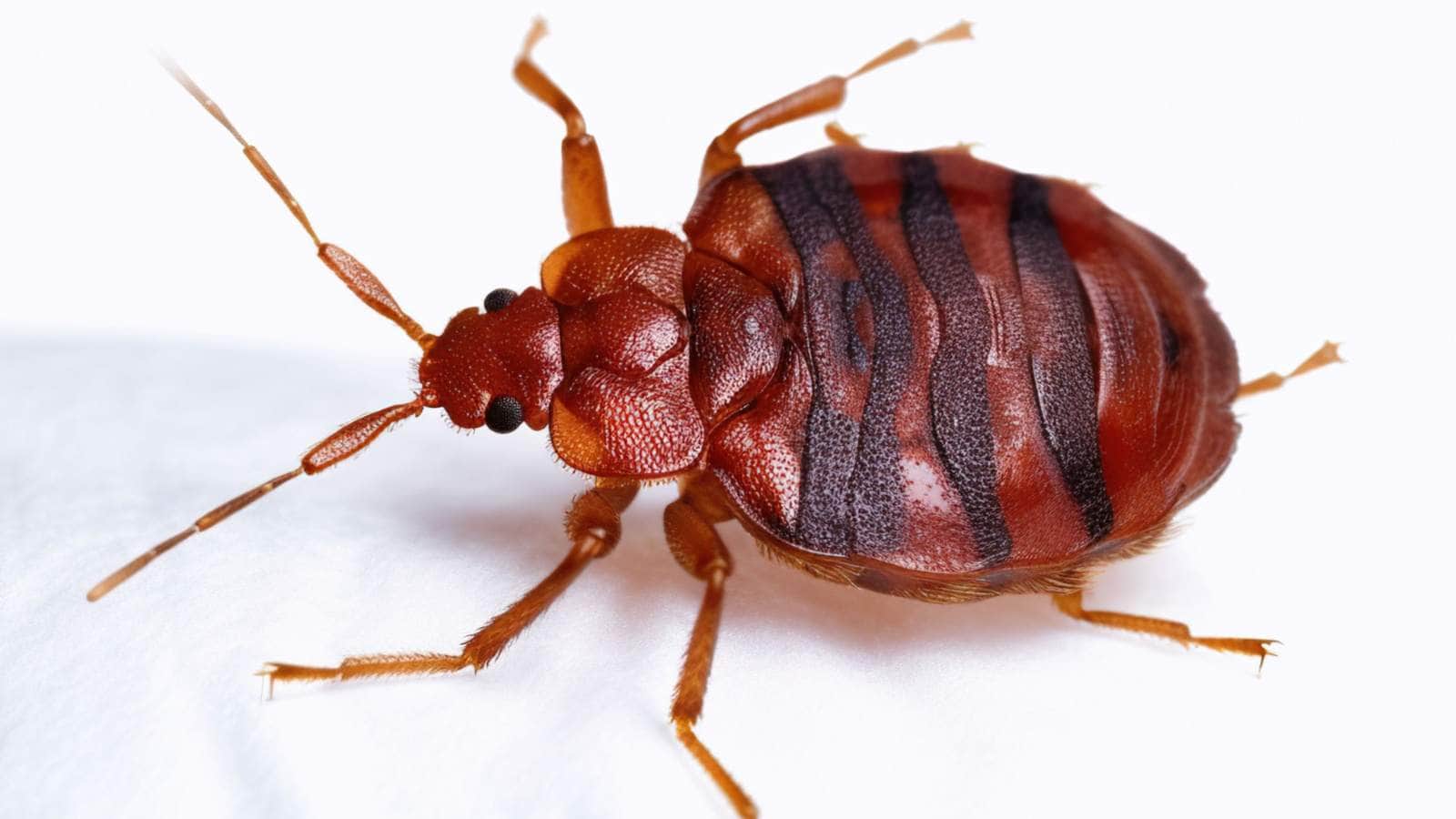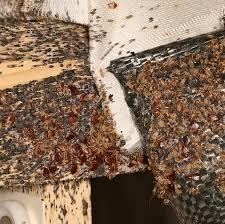Overview Of The History of Bed Bugs
Bed bugs, scientifically known as Cimex lectularius, are small, wingless, reddish-brown parasites that have plagued humans for millennia. Known for their expert hiding abilities, these pests are commonly found in the dark nooks of homes, feeding on their hosts predominantly at night. Despite their size, bed bugs are formidable pests due to their rapid reproduction rates and their ability to thrive in various environments.

How Bed Bugs Hitch a Ride into Your Home
Bed bugs are not choosy about their hosts and environments. They can infest any space, regardless of cleanliness or economic status, by hitching rides on second-hand furniture, during hotel stays, or even on public seating in places such as libraries and hospitals. Recent reports have pinpointed their presence in locations across Florida, from luxury hotels to budget motels, highlighting their pervasive nature.

Origins and Historical Significance of Bed Bugs
The term ‘bed bug’ derives from the Latin C. lectularius, meaning ‘bug of the bed.’ Their relationship with humans traces back to ancient civilizations, including Ancient Greece, the Roman Empire, and various Chinese dynasties. Initially used for medicinal purposes, these pests made their way to North America with early European settlers, thriving alongside human populations.

The Rise and Fall of Bed Bug Infestations
In the early 20th century, bed bugs were a common nuisance in the U.S., with widespread infestations. The discovery of DDT in 1939, however, marked a turning point, offering effective control over these pests and earning a Nobel Prize. The subsequent ban of DDT in 1972 due to environmental and health concerns saw a decline in bed bug populations, leading to a temporary reprieve from infestations.

The Resurgence of Bed Bugs
The 1990s marked a resurgence of bed bugs in the U.S., attributed to a decline in public awareness and changes in pest control practices. Global travel and immigration also contributed to their spread, as did socioeconomic factors such as the high costs associated with professional extermination services.

Current Challenges and Innovations in Bed Bug Control
Despite past successes, bed bug control remains a challenge today. The high cost of professional treatments and the social stigma associated with infestations often prevent effective management. However, advancements in affordable, chemical-free pest control are beginning to offer new hope for those battling these persistent pests.

